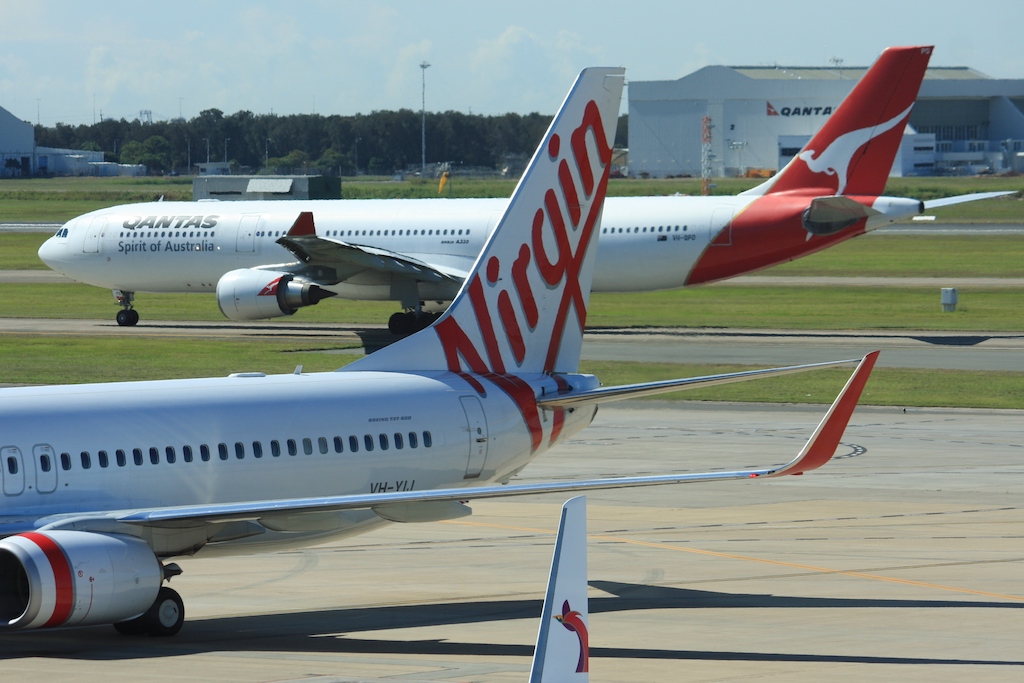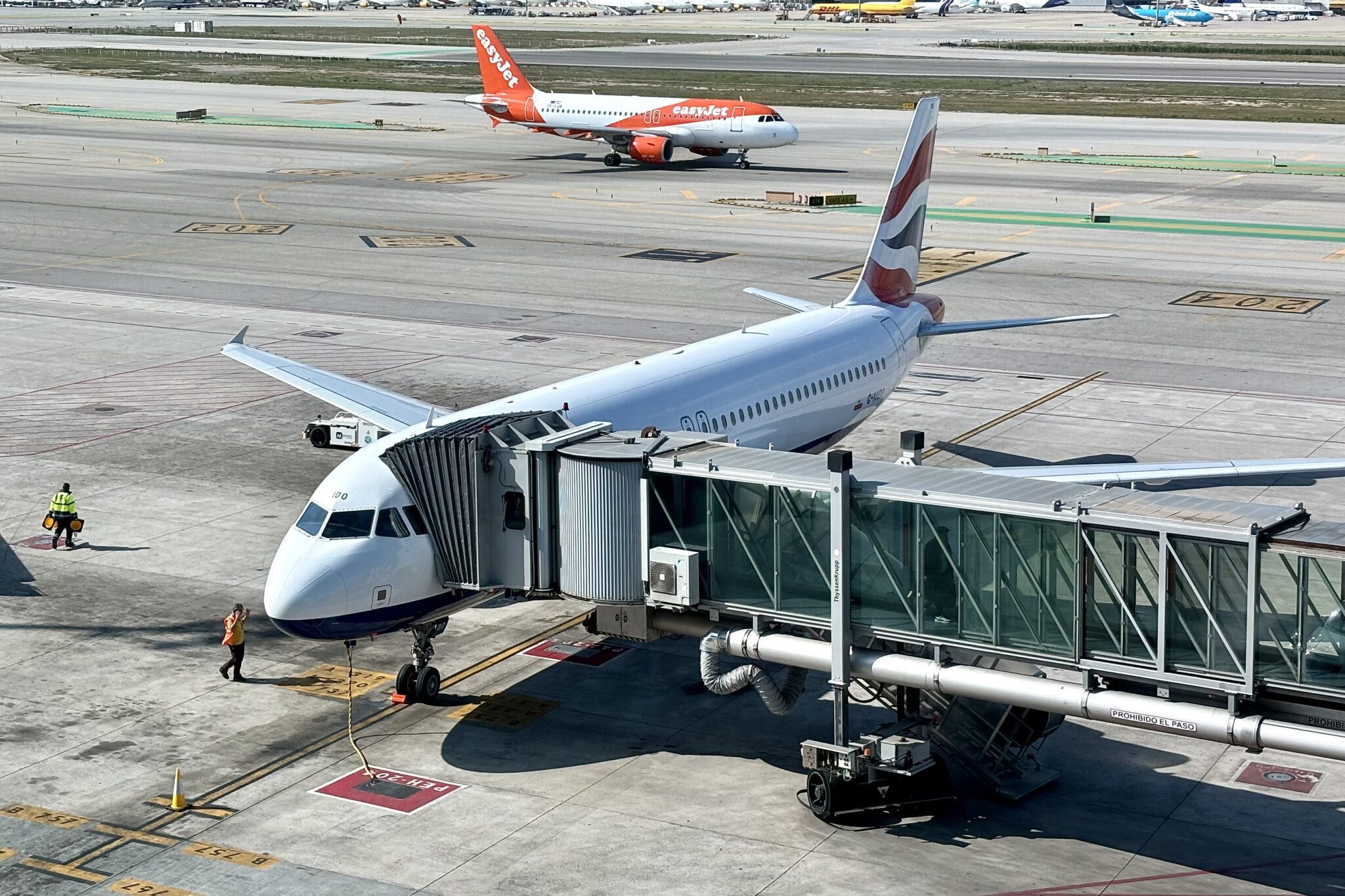Australia’s domestic travel market is rebounding quickly after a successful national effort to keep Covid-19 in check with strict border controls and even domestic travel restrictions to contain the spread of the virus.
Both Qantas Airways and Virgin Australia are resuming flights and adding new routes to capture the domestic rebound, which the former said is buoyed by Australians shifting planned international trips to ones within their country. In the fourth quarter of Qantas’ 2021 fiscal year — or April to June — the airline and its subsidiary Jetstar Airways will fly 95 percent of 2019 capacity, the Sydney-based group said Thursday. It plans to grow domestic capacity by 7-20 percent from 2019 levels during its 2022 fiscal year.
Virgin Australia, which shrank through a voluntary administration restructuring in 2020, plans to fly roughly 72 percent of its 2019 capacity during the April-June period, Cirium schedule data show. This is due to ramp up through October as the airline brings back more of its parked Boeing 737-800s.
Australia’s domestic recovery mirrors those in other countries. In March, passenger traffic in China had nearly recovered to pre-crisis levels, and in the U.S. it was roughly halfway back, according to the latest data from the International Air Transport Association. The Chinese and American domestic air travel markets are leading the global recovery.
“There is every reason to be confident that domestic markets will return to pre-crisis levels pretty soon,” IATA Director General Willie Walsh said earlier in May. “Airlines operating in markets where they have a strong domestic market … will benefit from the performance of domestic markets.”
Both Qantas and Virgin Australia are positioning with more flights to capture returning domestic travelers. These offensive moves come as they grapple for market share between themselves, and against new competition from Rex Airlines — a regional carrier that launched mainline service with 737s in April — on some key routes, including Melbourne-Sydney.
Qantas and Jetstar plan to reactivate all of its domestic aircraft by the end of June to support their expanded schedule, they said.
Virgin is focused on resuming some of its pre-crisis services, including boosting frequencies on the busy domestic triangle — covering routes between Australia’s three largest cities Brisbane, Melbourne and Sydney — by 30 percent by October as it brings back jets, it said Thursday. The airline also plans to add five new routes during the southern winter: Perth to Cairns, and Sydney to Darwin and Townsville from July; and Adelaide to Cairns, and Melbourne to Townsville from August.
And the Australian domestic recovery is not all leisure travelers. Qantas said roughly 75 percent of pre-crisis business flyers are already back. This is good news for its bottom line which depends lucrative corporate roadwarriors who often pay more for last-minute tickets.
Many expect Qantas to win new domestic market share as travelers come back. Virgin removed a significant share of its fleet, including all of its ATR turboprops and its entire Tigerair Australia operation, during its restructuring. And even with the entrance of Rex onto key routes, Qantas remains the go-to airline for many Australians.
“Qantas looks positioned to capitalize on the relatively soft competitive landscape and gain market share,” wrote J.P. Morgan Analyst Richard Jones in a report on Tuesday. He forecasts that the carrier will gain about 10 points of domestic share to control roughly 70 percent of the market post-Covid.
All of the good recovery news out of Australia does not come without a caveat. The country’s borders remain almost entirely closed except for a travel-bubble with New Zealand. Neither Qantas nor Virgin plan to resume most international flights until December, which is when the country anticipates completing the roll-out of Covid-19 vaccines. Nearly 66 percent of capacity at Qantas was international in 2019, Cirium shows. Virgin axed its long-haul services as part of its restructuring but plans to resume some short-haul international routes when borders reopen.
“We have a long way still to go in this recovery, but it does feel like we’re slowly starting to turn the corner,” Qantas Group CEO Alan Joyce said in a statement on Thursday.
Qantas forecasts an A$2 billion ($1.6 billion) loss during the fiscal year ending in June. However, the carrier is well on track to shaving expenses by A$1 billion by 2023 with A$600 million in cost cuts achieved this year. Savings include reducing Qantas’ workforce by roughly 8,500 staff.
In contrast, Virgin CEO Jayne Hrdlicka gave an upbeat comment on the recovery: “Growing confidence in the community … means the time is right for us to bring back jobs and put more aircraft in the skies. We are so pleased to have turned a corner from the worst of the pandemic.”





